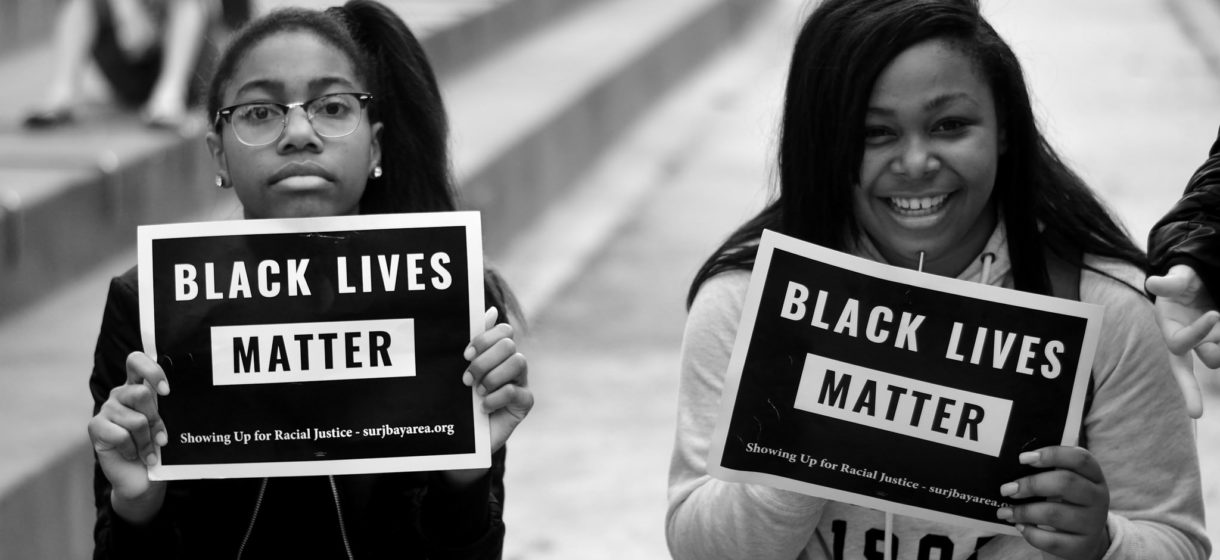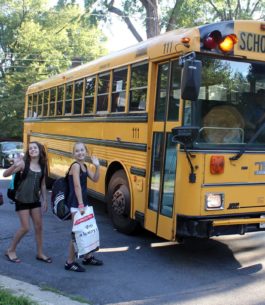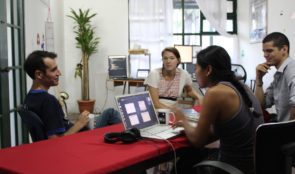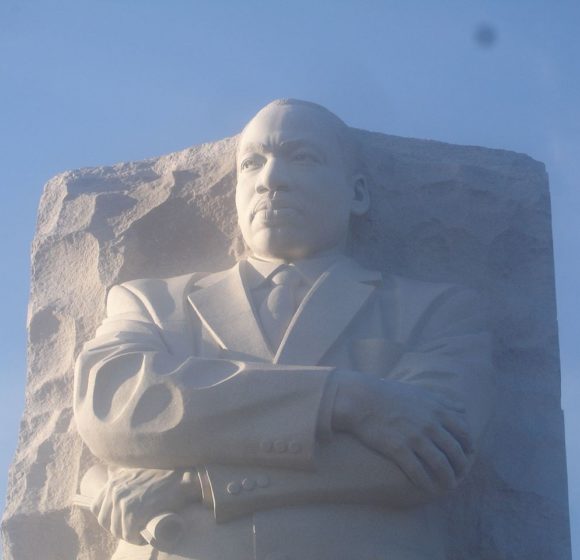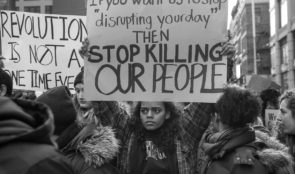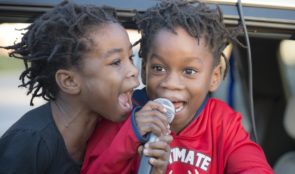The morning was warm and sunny, warmer than usual for an October Saturday in Chicago, and perfect for playing tennis. I was dropping my 11-year-old daughter off for a lesson with a friend of ours, Dawn, who coached a high school tennis team and had played competitively. The public park district courts were empty and peaceful, and I went off happily to grade student papers while they played.
About an hour later, I returned to find my daughter and Dawn standing outside the courts, visibly shaken. Two men were playing on the court where the women had been playing. These two men had taken up on the court next to them and started demanding that they move to another court. The men complained that stray balls from the lesson were disturbing their game.
They said they played that court at the same time every week and that it was “their court.”
Dawn stood her ground saying that they had just as much a right to use the public courts as the men had. The men threatened to call the police. Dawn said to go ahead. The harassment continued for the remainder of their time on the courts; the men continued to demand that my friend and daughter move to another court and then started throwing stray balls at my friend instead of tossing them back appropriately.
I was appalled. My friend and daughter are Black; the two men were white. I immediately thought racism, maybe sexism. Feeling vulnerable and helpless, but determined that the two men should not get away with frightening my daughter and friend, we decided to call the police.
Visibly shaken myself, I told my daughter that we might get an officer who understood the situation and could respond appropriately, or we might get a racist officer who could make the situation worse.
We lucked out that day; the Latino officer saw it as an act of harassment and discrimination. This was confirmed when the two men continued to act as though they owned the courts and had every right to demand that my friend and daughter move. Attempting to intimidate us further, they threatened to retain high-powered attorneys. The officer told them to stop or be arrested. Thank God for a police officer who understood; had his Latino ethnicity made him more appreciative of this situation?
We live in a time when many question the existence of racism. We also live in a time when incidents of hate crimes have risen exponentially. As a white person, my skin color has offered an unearned protection from the type of offensive bigotry that my daughter and my friend have experienced all their lives, blatant, such as the above described incident, as well as covert, known as micro aggressions and micro insults. Before I became a mother to my black daughter, I had no idea how bad it was. The damaging effects of institutionalized and systemic racism are too often invisible to the white people of our country.
When we adopted her as a baby, we were filled with joy at our new inter-racial family.
I knew we would face racism-based challenges, but I was naïve about how destructive and persistent they would be.
To my horror, by the time she was 4 years old the incidents started: at a city play lot, three little white boys not wanting to play with her because of her “black skin;” the Irish kindergarten teacher deciding my extremely shy daughter was “slow” when she didn’t say much in class; her coming home in tears from her Catholic middle school when boys would say “KKK kill n……s” while bystander peers said nothing. The constant message was “you don’t belong here.” Angered and saddened by these and many other intensely troubling incidents, we struggled to find ways to lessen the bigotry. For example, several conversations with the staff of the Catholic school led to an anti-bias curriculum, which my daughter helped to develop.
I fear for my black daughter’s safety: will the cops pull her over and treat her aggressively? Will some white person call the cops on her because of their racist fears? Will she be harmed by a white supremacist figuring he can get away with it?
The rage caused by the constant racial injustices has pushed us both to actively engage in our church’s Black Lives Matter committee. This activity provides some comfort and sense of empowerment in the face of omnipresent racism.
The ambiguous forms of bigotry leave my daughter wondering “was that demeaning comment racist or just generally insensitive?” “Was my opinion ignored because of the color of my skin or for some other reason?” My daughter faces these quandaries at least once a month. If she lets the micro aggression go, she feels belittled and frustrated, and if she confronts the person, there’s often denial, sometimes an angry response in return.
Attending an all-Black private high school has solidified her sense of ethnic identity which limits the emotional destruction of racism, but the daily reality for people of color is hard to fathom for many white Americans. Will white people start to get it when they hear about incidents like the recent one at Starbucks? I don’t know. I can only hope.
Sharing in my daughter’s life has developed my own awareness and understanding, but I realize this is a life long process of painful discovery. Knowing I, as her mother, cannot protect her from the hatred has been hard to accept. All I can do is try to build her coping skills, such as confidence in her abilities, encourage her activism (we have attended many BLM rallies together) and her resilience in general. It’s not the preparation one should need for a tennis lesson.
-Maryse Richards
Maryse Richards is a Professor of Clinical Psychology at Loyola University Chicago and a public voices fellow with The OpEd Project.


